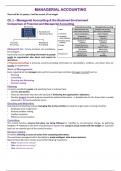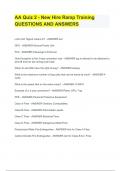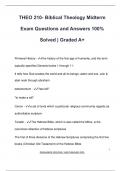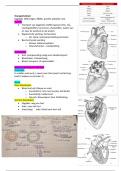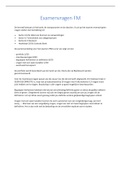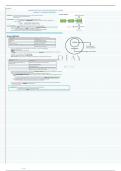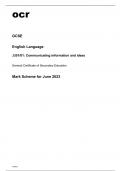Summary
Summary Managerial Accounting - Telfer, uOttawa
- Course
- Institution
This course introduces students to the role of management accounting, as distinct from financial accounting, in the decision-making process. Major topics of the document include: the determination of the costs of products and services, cost behaviour, relevant costs, standard costs, budgeting, resp...
[Show more]
